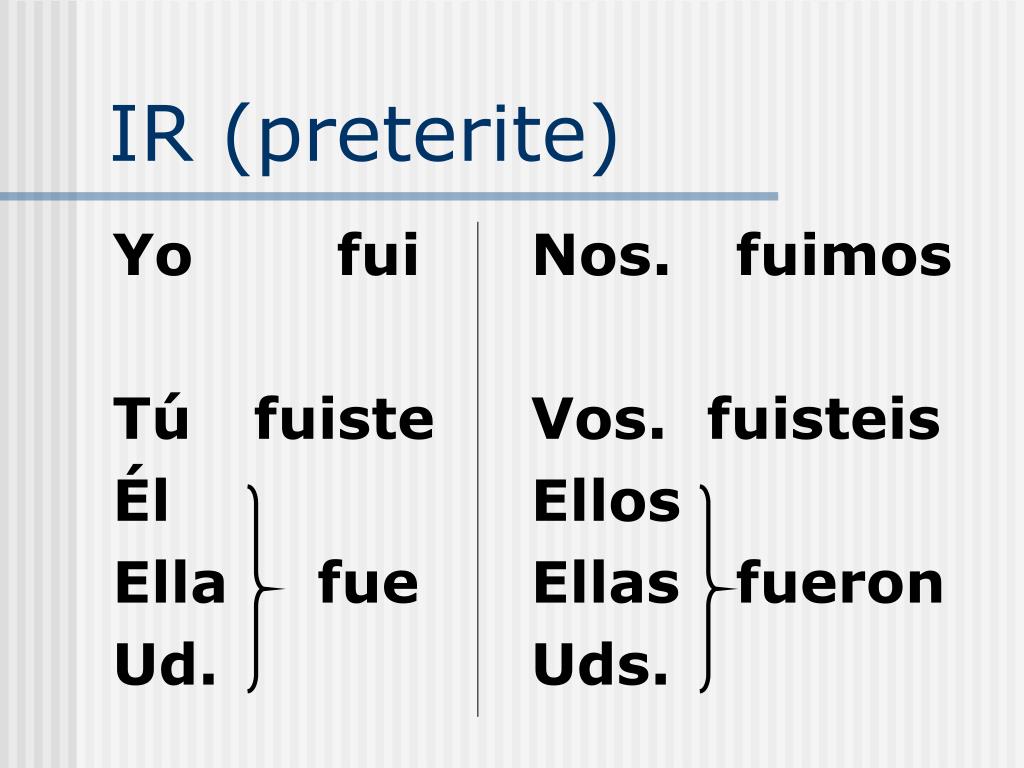

Tú entraste, bebiste un vaso de agua y comiste una hamburguesa.(I got up, got dressed, and left for the party). Me levanté, me vestí, y salí para la fiesta.The preterite is used for listing past happenings that took place in a sequence. The preterite is used to discuss past events or actions that took place on specific days or dates, at specific times, and over specific time periods.

Empezar (to begin), comenzar (to begin), terminar (to finish), and acabar are key verbs used to talk about beginnings and endings in the past (to end). The preterite is also used to discuss beginnings and endings. The preterite is used to describe completed events, particularly those with distinct beginnings and endings. It is used to discuss beginnings and endings, events that occurred on specific days or dates, at specific times or during specific time periods, and events in a sequence. The preterite is used to discuss completed actions from the past. Some major uses of Preterite tense in Spanish Irregular Spanish Preterite Formsįour of the most common verbs with irregular preterite forms are ser, ir, dar, and ver. (Yesterday we cooked paella for my family). Ayer cocinamos paella para mi familia.Siempre cocinamos paella los domingos.

Adverbs like siempre (always) and ayer (yesterday) can help you determine whether a nosotros form refers to the past or the present. For regular -ar and -ir verbs, the first person plural (nosotros) endings are the same in the preterite and present tenses.


 0 kommentar(er)
0 kommentar(er)
